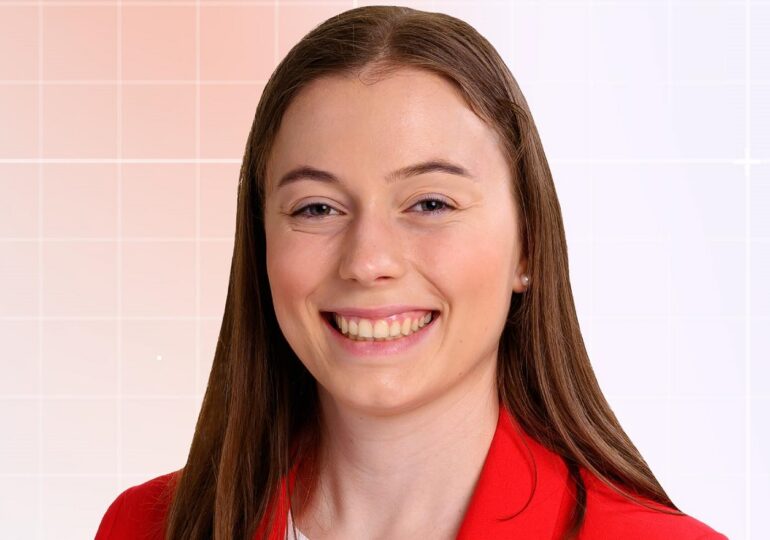A young woman who turned 21 on the day of this month’s federal elections in Australia has become the youngest senator in Australia. And, like many women running for office in this country, no one expected her to win.
Charlotte Walker, a former union member, won the third Senate seat for the center-left Labor Party in the state of South Australia, which is in power. The third party rarely wins in a complicated voting system like Australia’s, as reported by the Associated Press, cited by NBC News.
Walker received the lowest number of votes among the six newly elected senators from this state, according to partial results announced by the Australian Electoral Commission on Tuesday.
She will begin her six-year term on July 1. The basic salary for a federal MP is over 205,000 Australian dollars (133,000 USD) per year.
The new job will be a "big change," said Charlotte Walker to the Australian Broadcasting Corp. "I want to do a good job for South Australians, but I also want to show young people, especially young women, that this is achievable and something they can do as well. I'm also very excited. Not many people my age make it to Canberra and have the ability to contribute like I will," added the young woman.
Before her, the youngest Australian senator was Jordon Steele-John from the Greens Party, elected from the state of Western Australia in 2017 at the age of 23.
The youngest parliamentarian in Australian history is Wyatt Roy, who was elected to the House of Representatives in 2010 at the age of 20. He served two three-year terms by running in the state of Queensland.
Major changes in elections, such as those that occurred on May 3, usually bring a higher proportion of women into Parliament in places where their parties typically did not expect to win. Typically, newcomers lose their seats in the following elections, notes the source cited.
Prime Minister Anthony Albanese expects 57% of Labor parliamentarians in the Senate and House of Representatives to be women when the new Parliament convenes for the first time on July 22. The proportion of women was 52% during Albanese's first term as prime minister.
Australian governments usually lose seats in the second term. Albanese leads the first federal government that has not lost any seats in elections since 1966. This cabinet is expected to hold 94 out of the 150 seats in the House of Representatives, compared to 78 in the previous Parliament.
Frank Bongiorno, a historian specializing in politics at the Australian National University, said that unexpected changes can bring female candidates into Parliament after trying their chances in seemingly unwinnable seats.
However, he mentioned that Labor has been making efforts to increase female representation since 1994 when the party introduced a rule stipulating that 35% of candidates for eligible seats must be women.
T.D.

